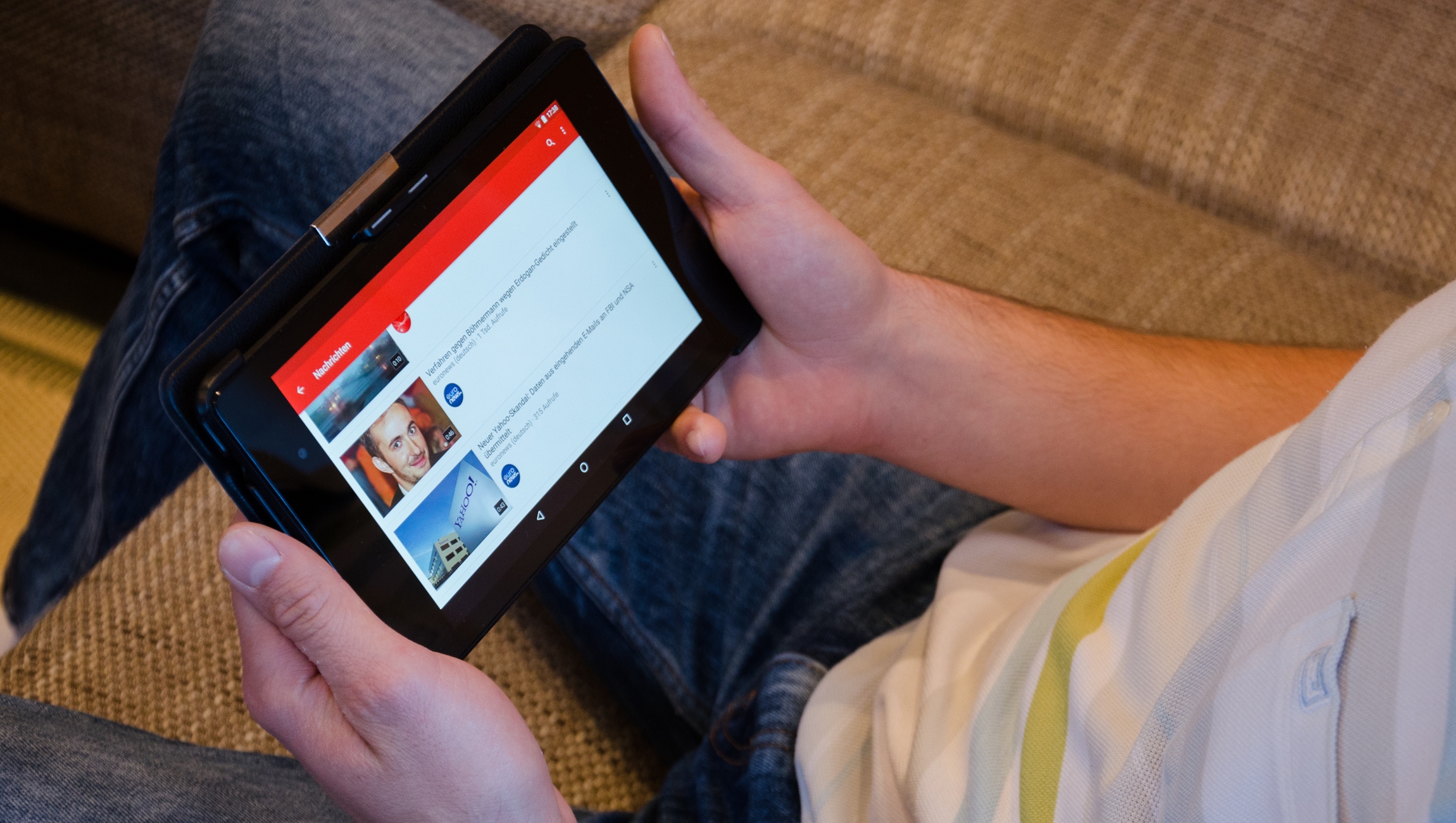 We get it: Millennials are a shiny object to social media advertisers. With younger folks’ dedication to keeping their Snap streak alive (and the intrigue of advertisers to what makes this generation tick), 18- to 34-year-olds are an obvious choice. But while millennials shouldn’t be ignored, older generations aren’t getting the attention they deserve — and brands are missing revenue because of it.
We get it: Millennials are a shiny object to social media advertisers. With younger folks’ dedication to keeping their Snap streak alive (and the intrigue of advertisers to what makes this generation tick), 18- to 34-year-olds are an obvious choice. But while millennials shouldn’t be ignored, older generations aren’t getting the attention they deserve — and brands are missing revenue because of it.
YouTube is particularly popular with millennials, who tune into it more than any cable news network. Further, 39 percent of millennials regularly visit the platform, compared to 37 percent of Gen Xers (35- to 54-year-olds) and 24 percent of baby boomers (those 55+). Yet despite high levels of YouTube traffic across generations, advertisers spend a disproportionate amount of their budget (156 percent more) on targeting millennials.
In fact, baby boomers have a 10 percent higher view rate and are the most likely to engage with YouTube ads, according to Strike Social’s “Generational Divide” data report. While the focus of brands has been on younger generations, advertisers would do well to spend their time — and ad dollars — on boomers. Below are three things advertisers should look at when defining their social media advertising strategy.
Look at the platform and industry targeting trends
Baby boomers are engaging with and watching longer video ads on YouTube. They also account for 24 percent of U.S. traffic on the platform. But targeting this older generation shouldn’t be applied to YouTube alone.
Perhaps not surprisingly, Facebook is the most popular social network among boomers. On top of that, most social networks’ ad targeting can go up to 65 years old, enabling advertisers to target more niche groups. In contrast, Snapchat only has the capabilities to target up to age 35. We know millennials and centennials (aka Gen Z) are the main audiences targeted on this platform, and given its current ad capabilities, advertisers wouldn’t be wise to put a lot of budget there to reach boomers.
Something else to consider when targeting social media users is interest affinities by generation. Looking at YouTube affinity audiences, 32 percent of boomers are movie lovers, and 31.7 percent are art and theater aficionados. On the other hand, millennials and Gen X are approximately 29 percent foodies and 28.5 percent fast-food cravers, proving that the content used to target different generations is just as important as the platform itself.
That said, every brand’s audience is different. Advertisers should analyze if there is a known older presence on a platform, because then advertisers can go back and look at their own data to see what resonates with their audiences, including baby boomers. We know baby boomers are on YouTube and engaging with more content and longer videos, but advertisers should always be a step ahead of the consumer in how their interests change.
Target the right audience on the right device
While no device reigns supreme in targeting all generations, desktop computers see the ad highest view rate across devices for YouTube ads, at 31 percent, compared to almost 28 percent for phone and tablet.
Among boomers, desktops are still the most popular, with this group watching a full third of YouTube ads on computers. Millennials have a 30 percent YouTube ad view rate on desktop, which is still higher than phone or tablet for this generation too. What’s interesting is that despite their stereotype for being less tech savvy, boomers hold the top spot for watching ads on their phones and tablets as well, with view rates of 29 percent and 30 percent, respectively.
Understand why you are targeting a generation
Keep in mind that baby boomers are the parents of millennials and centennials — and many are adopting tech trends (including social media platforms) that their children have already taken up. Advertisers can help bridge the gap. When a boomer decides to work a social platform into his or her daily routine, or even try it for the first time, advertisers should provide compelling content that keeps mom and dad coming back for more.
What’s more, advertisers should note that baby boomers have significantly more purchasing power. True, millennials may be ubiquitous across social platforms, but they also have less money to spend. Boomers, on the other hand, represent nearly half of consumer expenditures in the U.S. This older generation’s high engagement, along with some rather deep pockets, should give advertisers a pretty strong incentive to test the waters.
Baby boomers and their affiliated older generations hold more power, wealth and influence than their teens (and clearly advertisers) think they do. With their desire to watch longer video ads, engagement with brands on social and increased spending capabilities, boomers should not be ignored. While most brands want to focus on the newest trends and targeting millennials, boomers are more concerned with quality content and ads that are helpful to their daily lives and interests. This is something for marketers to keep in mind as we see brands start to rethink their targeting strategy, one piece of content, video ad and boomer at a time.











